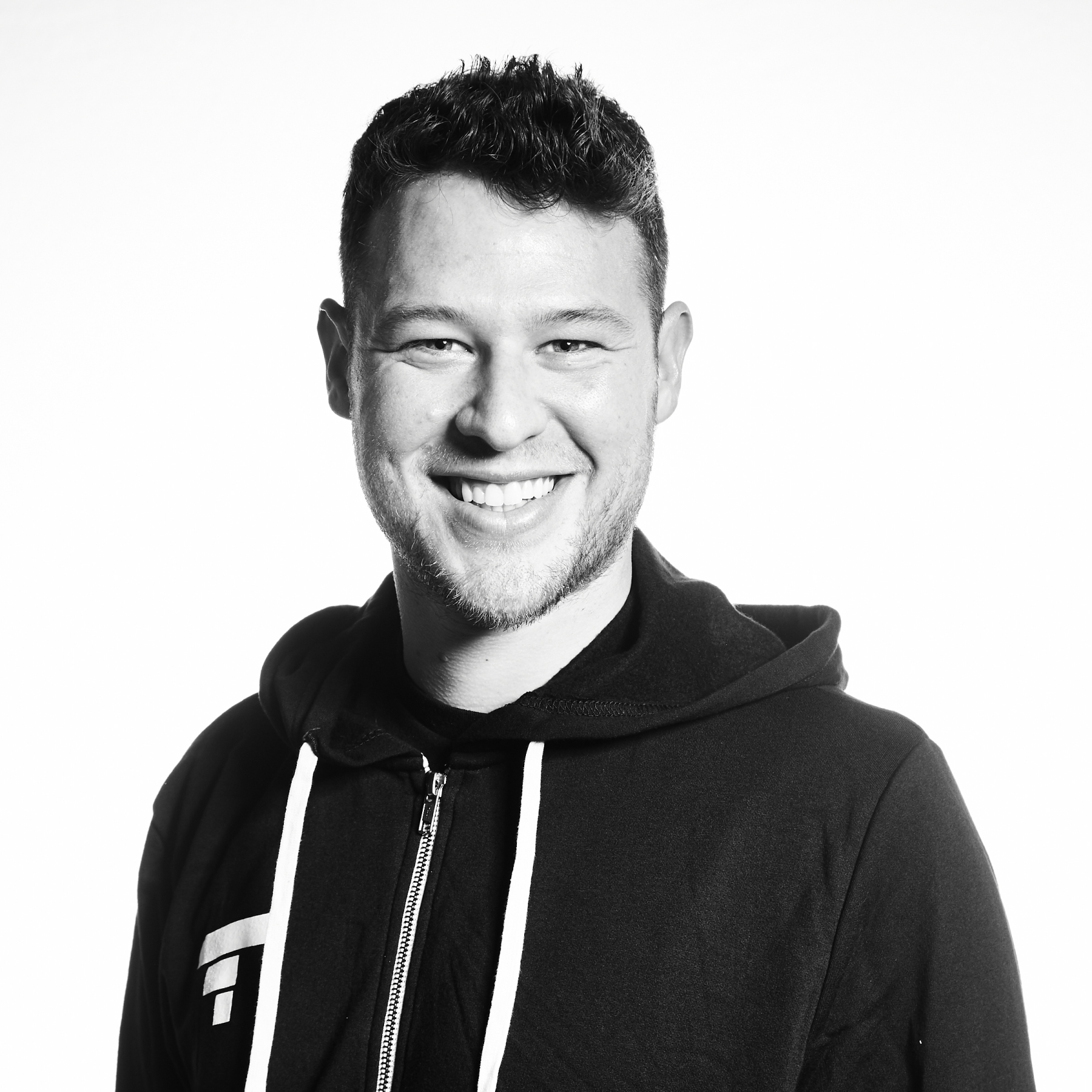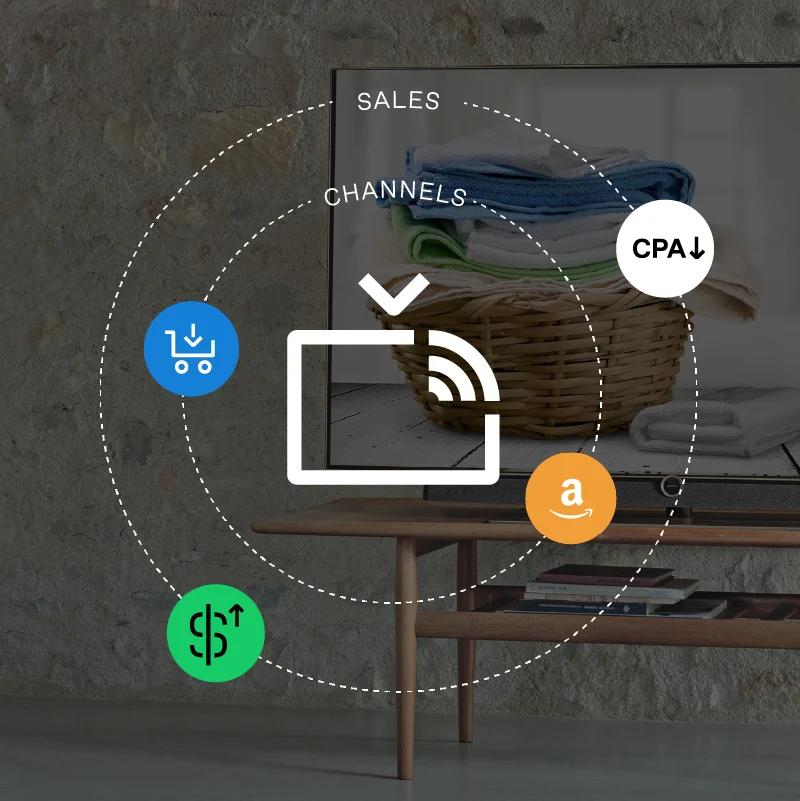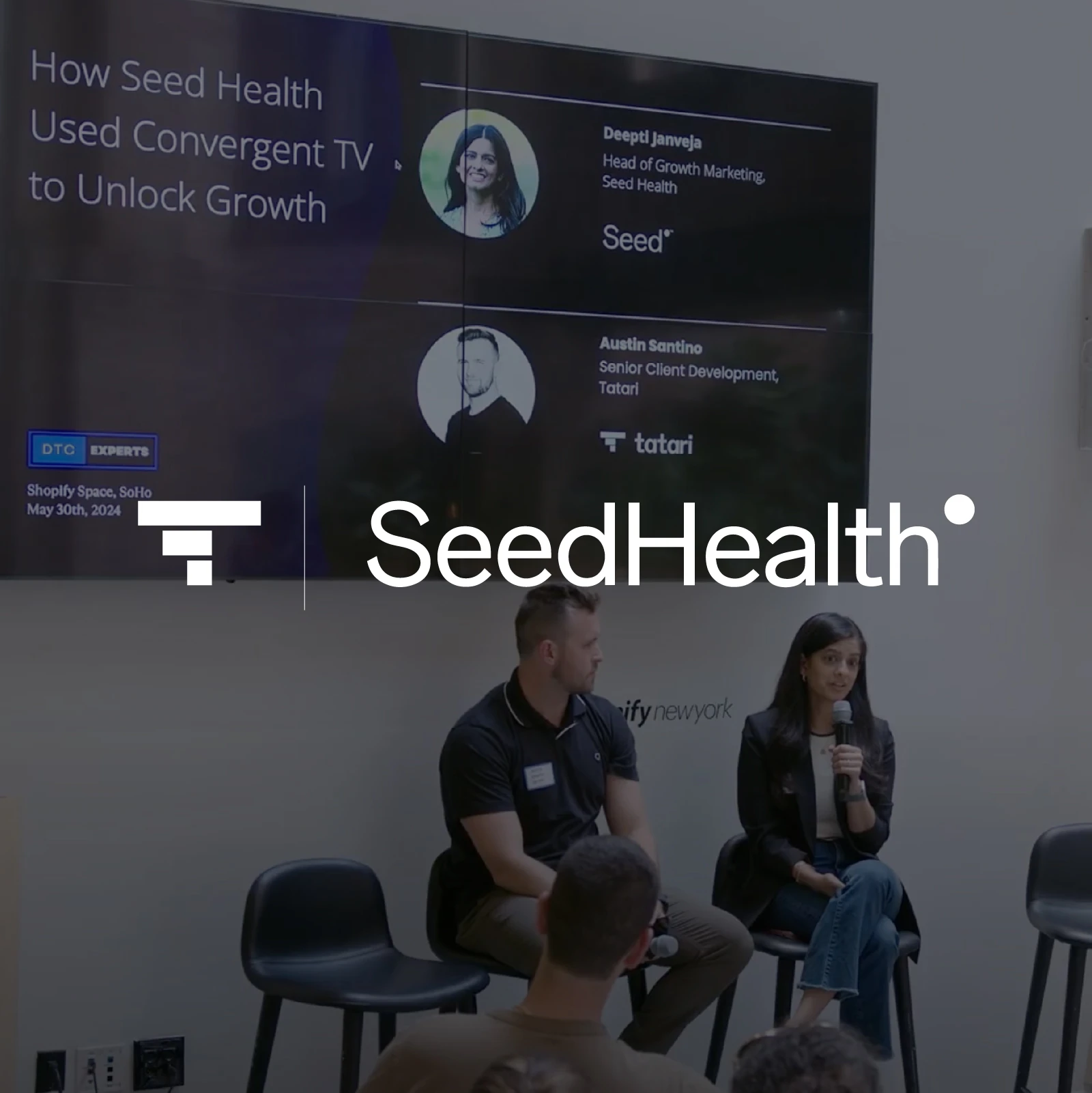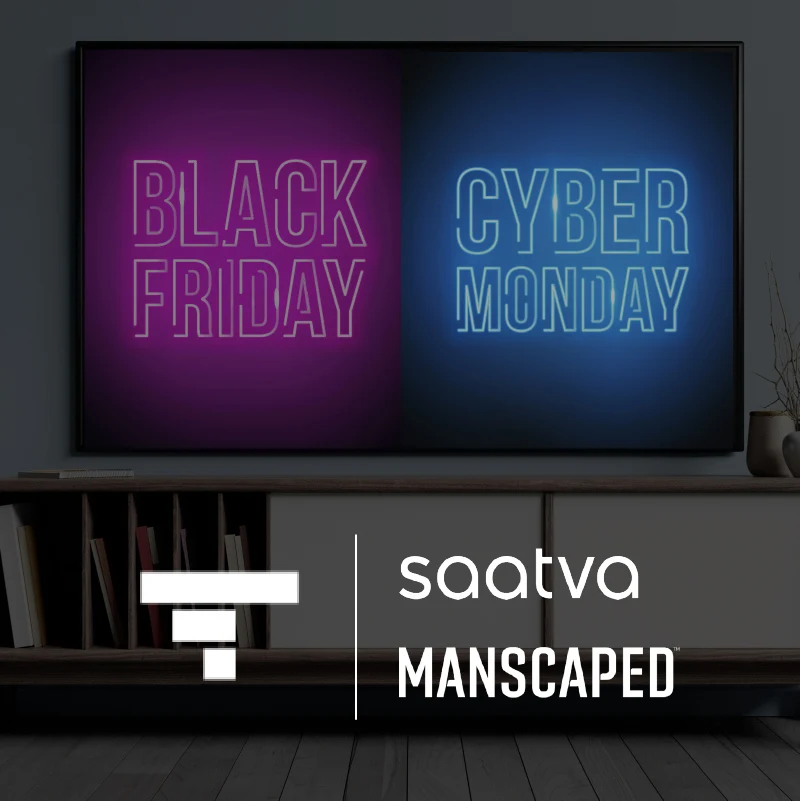
Client Spotlight: Jordan Gladstone at Dave.com
The finance version of David and Goliath taking on the big banks, Dave is the highest ranked personal financial management app in the country. Dave helps the 4 in 5 Americans who live paycheck to paycheck thrive, not just survive. The company is a financial ecosystem that empowers all Americans with the tools they need to live stable financial lives. Four million users engage with Dave to budget and avoid the $30B+ in overdraft fees that the country’s biggest banks collect each year.
Tatari sat down with Jordan Gladstone, Director of Marketing at Dave to learn more about her journey and experience with TV advertising.
Tell us about your background and how you ended up at Dave? What is your role now and how long have you been at Dave?
I went to George Washington University in DC thinking that I wanted to go into politics, but after spending some time in the field and on Capitol Hill, I found out that it wasn’t where I wanted to spend the rest of my career. At the time, I was working at a political consulting company that had a startup spin-off called PredictIt which is an online legal betting market for politics.
I ended up falling into a marketing role at PredictIt which was sort of a happy accident because I was able to spend time in the fun, gaming side of politics and also start my career in marketing. I got to oversee the start of scaling their user base, but for my next move, I really wanted to see if I could scale something into the millions.
I found Dave.com on AngelList and thought it would be a great opportunity to see if I can really scale something. Everyone on the team has experienced that sinking feeling when payday is coming up and your bank balance is low. I knew it was a product that would resonate with a lot of people. I started at Dave last March as a growth manager focused on our paid campaigns (mostly Facebook and Snapchat), and I moved into my current role as Director of Marketing last September.
What’s something specific about your industry in terms of marketing that you didn’t see at a previous company? Do you in general notice patterns or trends that impact behavior?
At Dave, we are super data-driven which allows us to have a robust creative testing process. We try to cast a wide net and test as much as we can so we can truly optimize our campaigns. For example, for our next round of TV, we are testing 3 different concepts and variations of each concept. Robust testing is something we really focus on here that I haven't seen as much in previous roles.
As far as seasonality, we heavily focus on the pay cycle. Think about when you feel the most broke. That’s when people need Dave the most. People turn to Dave when they need a financial buddy which is usually a few days before the end of the month, after paying rent, during the holidays, and long weekends.
How do you approach customer acquisition at Dave and what channels (social, search, TV, etc) do you primarily use?
At Dave, we have an industry-leading CAC (especially for fintech), so the way we approach customer acquisition is to be super efficient. We do hundreds of tests per month, usually at a small scale, and then we optimize and iterate based on those tests. We really care about how every dollar is spent, which is definitely more challenging as we scale, but we’ve been able to maintain that philosophy.
We also really believe in creative, user-generated content, and speaking directly to the user to really empathize with them. A lot of times when people turn to Dave, they’re in a really tough spot. For example, they need gas to get to work, groceries for their family, or diapers for their kids. We try to talk to them in a relatable way since finances can often be something that’s embarrassing or scary, which is why creative is super important to us on a user acquisition front.
As far as the channels we use, social is definitely our bread and butter, and after that search. We started a TV pilot in late April and every month since it’s been an increasing part of our channel mix.
What was it like adjusting to TV advertising compared to other channels you have at Dave? Did you find anything surprising about it?
The first big adjustment was having to make a bigger investment in the testing phase compared to other channels where you can spend in smaller increments and still get results.
The CAC in the dashboard was also much higher than we expected, but we started seeing improved efficiency on direct response channels and increased scale. We’re very much an evidence based user acquisition team and TV was the first time we were a bit more faith based, because it really did seem to be working.
Since we track every dollar, the simple faith based approach couldn’t go on forever. We conducted a deep-dive analysis on TV’s efficiency. Attribution on TV isn’t as perfect as other channels, but at the end of the day, we’d rather have something that’s clearly making an impact even if the attribution isn’t perfect.
How was the creative production process for you? Do you think there are any important lessons there you’d advise people who are new to TV advertising?
It’s definitely been the toughest part. Finding a partner that you trust is huge. We try to do everything in-house and stray away from using agencies since it hasn’t really panned out in the past. But, one of the reasons we really like Tatari is we feel that they are a real partner to us and they try to understand the ins and outs of when we succeed and when we don’t. Adjusting for the pay cycle, for example, was a really custom solution for us.
When selecting a creative agency, we recommend doing your due diligence and talking to several partners. So many people try to sell the big brand and pretty dream, but it’s important to really understand what that will look like in execution. You can align on storyboards with your partner, but seeing an extensive collection of their previous work is crucial. TV creative is a large investment, so it’s important you take your time when selecting your partner. Often times, growth marketers are incredibly data-driven, but when you’re working with a creative agency it’s a lot more conceptual which can be a challenge.
Not sure how much you can share, but do you see TV as being a big component of the business as you go forward, or are you planning to do it equally as much as other channels?
We definitely see it as being a part of the mix going forward. We took a real first stab at creative by doing it in-house with a really low budget and once we got those running, we were able to optimize from there which was really useful. Right now, we’re going through the process of making more high-quality creatives and from there we’ll see the performance and determine how much of our channel mix should be dedicated to TV.

Skyler Logsdon
I'm the Head of Sales and I love swinging for the fences.
Related
How a DTC Brand Used Tatari's TV Advertising to Drive Revenue and Business Outcomes on Amazon
An eco-friendly cleaning product company found that TV advertising boosts Amazon sales, as confirmed by Tatari's analysis. This approach revealed that TV not only drives direct sales but also enhances customer acquisition across channels, underscoring its importance for DTC brands.
Read more
How Seed Health Used Convergent TV to Unlock Growth
Seed Health, a top supplement company, discusses its approach to diversifying acquisition channels and unlocking more growth with TV advertising.
Read more
How Retailers are Sharpening Their TV Ad Strategies for Black Friday and Cyber Monday
As holiday shopping intensifies, see how brands like Saatva and MANSCAPED are perfecting their TV ad strategies to make the most of the Black Friday and Cyber Monday rush.
Read more


